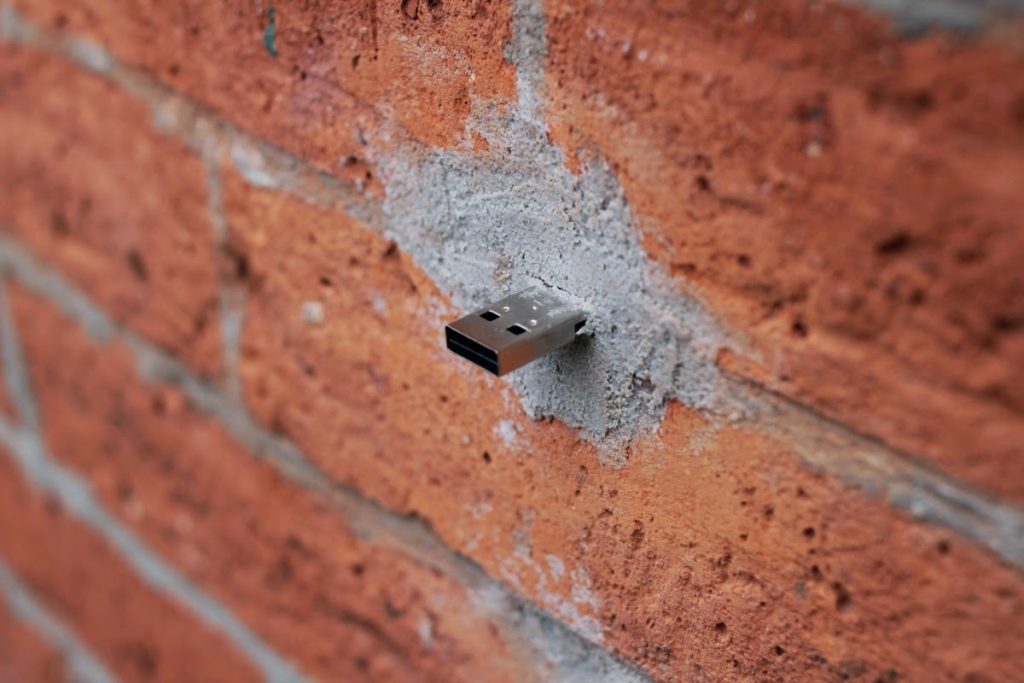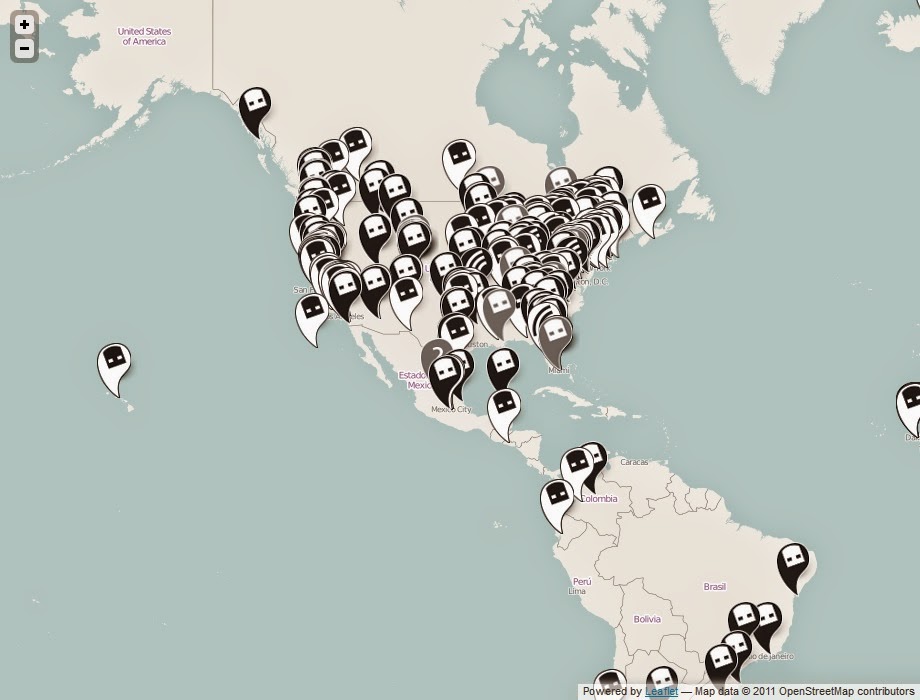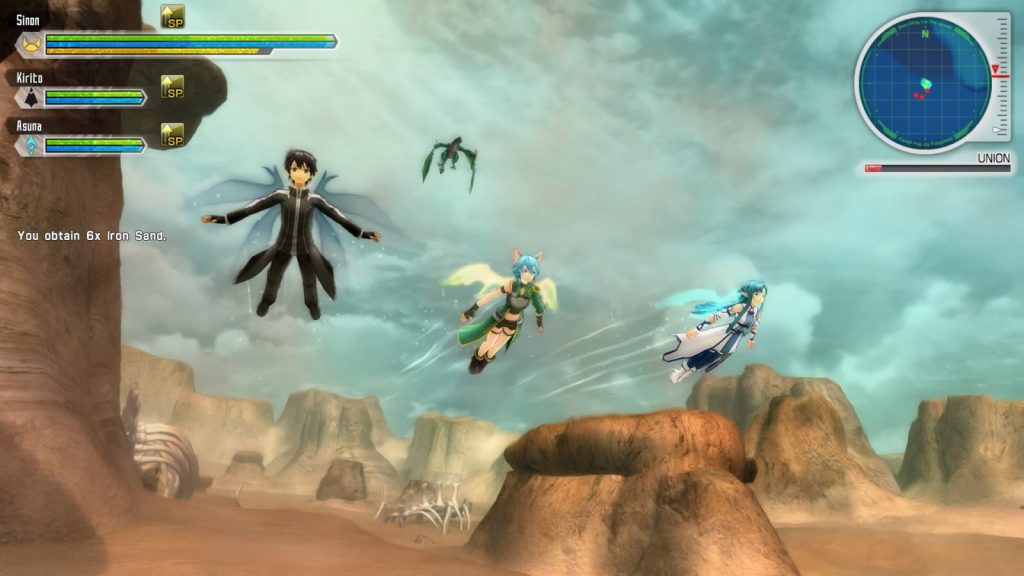What you are looking at is nothing more than an ordinary USB drive that has been removed from its plastic shell, covered with electrical tape for waterproofing, and then mounted into a wall with cement. At least, it appears to be nothing more than this on the surface. The full story behind what this little memory stick is doing in a wall and why you should be interested in others like it is bound to get the treasure-hunter and/or secret agent in you very, very excited. Ladies and gentlemen, I give you: Dead Drops.
Say what?

Though you may not be familiar with the term, dead drops have actually been around for an indefinite period of time. In the past they’ve always been tools for espionage; rather than exchange information in person (i.e. a live drop) and risk having both the information and the identities of those carrying it compromised, spies would arrange a ‘dead’ drop where the information would be stored in a certain location known only to the deliverer and the recipient, and usually kept inside a tiny spiked tube which could easily be inserted into cracks in brick walls, a hole in a tree, etc., where common passers-by wouldn’t give a second glance. To further secure the information, sometimes the actual drop would be located a short distance away from the predetermined location, and a subtle sign or series of signs that only the recipient would know to pick up on would direct him to the dead drop’s precise location.
Sound like something straight out of a spy film? Indeed it does, only this is far more than fiction. Real-life dead drops have been employed in numerous situations throughout the years–the fact that they are so relatively unknown is a testament to the effectiveness of the method itself.
And the geeky part?
Of course you know something is only going to show up on this website if it is directly related to the wide world of technology. The dead drops we’re talking about right now, though equally non-fictional as those described above, are just a little bit higher-tech and more open to the general public. If you are familiar with geocaching, you’ll immediately notice the similarities between the popular recreational sport and what we see here, only rather than discover and stash away physical items hidden somewhere in nature, you’ll be discovering and stashing away digital files hidden somewhere in the city. Take a look at the video below to see for yourself:
(Vimeo link is also available by clicking here.)
If you’re like me, while watching this video your head was already buzzing with awesome ideas of what this could be used for, not to mention there’s something about taking part in an offline network of digital ‘secrets’ that just feels cool. Unfortunately there are currently no registered dead drops in my area, but I can only imagine the fun it would be to make my way to the location, search until finding the drop, then hook up my netbook and see what I scored. Assuming a fairly large storage device was used as the dead drop, I could even leave a cool contribution of my own behind (maybe some exclusive ThinkBoxly themed artwork and a link to a secret post on this blog only accessible to dead drop-ers? hmm…). At the very least, it would make an entertaining outing, and let’s face it, as geeks we could stand to get out and do cool stuff more often.
But isn’t this a little dangerous?
Unfortunately, yes. For one thing, the freedom of the receiver to input his own data to the drop means it would be quite easy for someone with a mischievous bent to install a virus onto the USB device. More seriously, there could be legal issues with permanently fixing a USB device into a wall somewhere, and also with the content that some might be inclined to share over the offline network. However, all these issues really boil down to responsibility, or a lack thereof. Make sure you have the appropriate permission to install a dead drop of your own, and be careful only to put in and take out legal content from the system. Youcanalso take it upon yourself to delete illegal content, should you find any on your dead drop.
Oh yeah, and make sure to install the USB device right-side up, else people will have a heck of a time making use of it.
Currently more than 850 drops have been registered worldwide. The first was made only two years ago in 2010.
I’m sure there’s good parts too, right?
Absolutely! Treasure hunting has been a fascinating and entertaining pastime for hundreds of years, and it’s no less enjoyable today. The fact that dead drops are all digital only makes them more accessible, as things of value can be created with only a computer and a little time. Contrary to typical treasure hunting and the aforementioned geogaching, the data on dead drops isn’t used up once someone discovers the USB port in the wall and copies its data to their hard drive. One ‘treasure’ can be discovered over and over again for as long as the USB device remains functional. Size and resilience are other important factors in this game; big files and small files alike occupy the same amount of physical space, and you can add whatever you like to the mix without having to worry about certain treasures being perishable. In other words, a dead drop is about the most practical form of treasure hunting a geek could ask for.
Dead drops are also extremely secret/secure. Chances are nobody will notice a well-placed drop without specifically looking for it, and even if someone does happen upon a dead drop, they still can do nothing with it unless they have a computer with them. The list of registered dead drops is growing, but even if the idea becomes common knowledge, there’s no rule that you have to make the location of your own drops known to the general public; anyone who wants to can set up a private network for their own use can do so (maybe close-knit forum communities could pick up on this for their members?).
Where can I find out more about this stuff, and participate?
All in all, I think the concept behind dead drops is amazingly awesome for being so simple, and has widespread uses beyond just being a great recreational activity as well. If it strikes your fancy (and in my opinion, it should!) hit up the official website at deaddrops.com and start checking out registered drops to see if there are any in your corner of the globe, to register your own drops, and to talk with other dead drop-ers on the forums! This is a fantastic activity for anyone even just semi-tech-savvy to get involved with!








